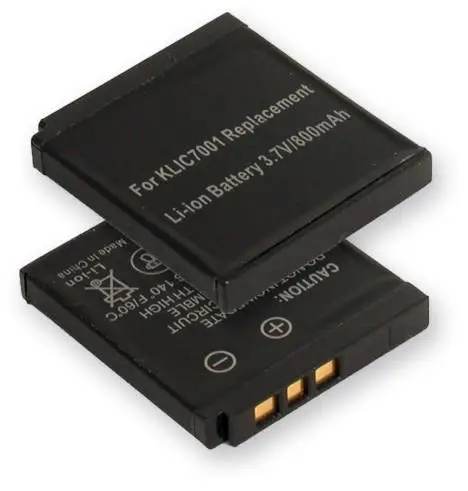The modern Lithium Ion batteries in our laptops, tablets, and mobile phones are Lithium-Ion and have an internal chemistry different from traditional Nickel-Cadmium, Nickel-Metal batteries. In addition, they require an internal circuit (inside the battery) to control the charging process. Many times, due to ignorance of the subject, we continue to apply the same “rules” for Lithium-Ion batteries as those that were applied to old batteries. A mistake that can be very costly in the performance and duration of our batteries.
We have all had doubts about how to correctly use the Lithium-Ion batteries in our laptops, mobile phones, etc. Here is a compilation of the most frequently asked questions:
1. Should I charge my device for 10 to 12 hours before using it for the first time?
NO. Lithium-Ion batteries are much more efficient than those based on Nickel, so they do not require an extended initial charge. In fact, no current Li-Ion battery requires charges longer than 8 hours, regardless of the circumstances.
2. Does the battery need to go through several charge/discharge cycles before reaching its maximum performance?
NO. Lithium-Ion batteries do not require a “break-in” period because their maximum capacity is available from the first use. A Li-Ion battery does not care if a charge is number 1, 5, or 50.
3. Should I completely deplete the battery before recharging it to improve its performance?
Absolutely NOT. This is one of the most common misconceptions inherited from the “memory effect” suffered by Nickel-Cadmium and, to a lesser extent, Nickel-Metal batteries.
The composition of Lithium-Ion batteries makes partial discharges preferable to a complete one. Even worse, if it is frequently subjected to total energy losses, its circuits can assume a defect that will trigger a lockout mechanism. 80% to 90% of batteries considered “defective” end up in technical services for this reason.
But there is an exception: Large devices batteries - such as notebooks - equipped with measurement valves, can become uncalibrated with use and provide incorrect readings. Therefore, it is recommended to completely deplete them once every 30 cycles, so that their levels return to zero.
4. Is it harmful to keep the battery connected to the charger if it has already completed the charge?
NO. Contrary to Nickel-based batteries - whose prolonged presence in the charger can damage them and even cause a fire - Lithium-Ion batteries have a circuit that cuts off the energy once the charge is completed. Usually, this is indicated by a light on the device.
However, there is always the possibility of a failure or overcharge in the transformer, so it should not be left connected to the power grid permanently either.
5. Is it harmful to a notebook battery to always work connected to the power?
IT IS VERY HARMFUL, it is the most harmful scenario under which a battery can operate in a laptop, due to two lethal factors: heat and stress.
Warning: Heat acts by decreasing the battery’s resistance, so its ability to retain electricity will decrease over time. In fact, a Lithium-Ion battery should never work at temperatures above 60ºC (a range that approaches 40ºC to 50ºC for some notebooks). In turn, keeping the computer connected to the power while in use generates constant “stress” because it forces the battery to maintain 100% of its charge.
The damage is such that a battery whose charge is maintained at 100% at 60ºC, after three months will retain only 60% of its total capacity, reducing its useful life to just 12 months.
What to do to avoid it? If you use the notebook as a replacement for a desktop computer, it is advisable to remove the battery. However, since removing it leaves its compartment open, it is not recommended if the room where you work is too exposed to moisture or dust.
6. In the case of my mp3 player or mobile phone, does it matter if I charge it using the transformer or the USB cable?
The use of the charger should be preferred as it always provides the correct amperage. The USB port on most computers - especially notebooks - will not always maintain the required 500mA, so it will take up to three times longer to complete the charge.
7. I’m not going to use my device for a few months, how should I store the battery?
According to studies conducted by BatteryUniversity, any Lithium-Ion battery withstands the passage of time better with 40% of its charge. For example, a battery stored at room temperature with a 40% charge will retain 96% of its total capacity after a year; while one stored with 100% of its charge will only retain 80%, in the same period.
For this reason, most devices come from the factory with a small initial charge: just 40%. What is clear is that a Lithium-Ion battery should NEVER be stored discharged. It can cause irreparable damage.
8. How long does a Li-Ion battery last?
Talking about its useful life, new improvements in technology are introduced, so well-cared-for batteries can last between 500 to 1000 charge/discharge cycles, which translates to an average of two to three years (then chemical wear occurs).
